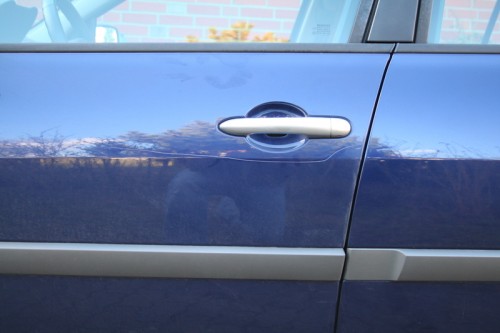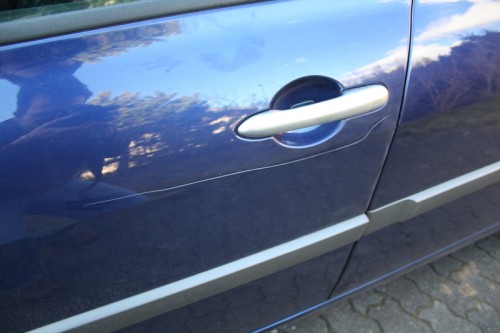...
syncpkg() {
# Syncing the binary tbz2 to my webhost
if is_feature "buildpkg" &&
[[ -n $REPO_HOST && -n $REPO_BASE && -n $REPO_PATH ]] ; then
REMOTE_TARGET="$REPO_HOST:$REPO_BASE/$REPO_PATH"
REMOTE_ECACHE="$REPO_BASE/$REPO_PATH/settings/.ebuild.x"
einfo "Publishing data to remote repository ($REPO_PATH) on ${REPO_HOST##*@}"
if ! $( ssh $REPO_HOST "test -d $REPO_BASE/$REPO_PATH/settings" ) ; then
ssh $REPO_HOST "mkdir -p $REPO_BASE/$REPO_PATH/settings"
>> /var/log/syncpkg.log 2>&1
fi
if [ -x /usr/bin/q ] ; then
/usr/bin/qlist -IvCU > /etc/portage/package.list
fi
ebegin " [ SYNC: 1/3] /etc/make.conf, /etc/portage/package* to $REPO_PATH/settings"
rssh /etc/{make.conf,portage/package*,portage/profile,portage/bin,portage/bashrc}
$REMOTE_TARGET/settings/ > /var/log/syncpkg.log 2>&1
eend $?
ebegin " [ SYNC: 2/3] $PKGDIR to $REPO_PATH"
rssh $PKGDIR/ $REMOTE_TARGET/ >> /var/log/syncpkg.log 2>&1
eend $?
ebegin " [ SYNC: 3/3] Cleaning $PKGDIR"
rm -rf $PKGDIR/* >> /var/log/syncpkg.log 2>&1
eend $?
# We sync our copy of .ebuild.x over to the webnode, as it might not be
# synced as often / at the same time as the buildnode. Thus the
# `qpkg --eclean' would remove packages, which *are* in the tree, but
# the webnode hasn't synced up yet.
rssh $PORTDIR/.ebuild.x $REMOTE_TARGET/settings/.ebuild.x
>> /var/log/syncpkg.log 2>&1
if $( ssh $REPO_HOST "test -f $REMOTE_ECACHE" ) ; then
ebegin " [MAINT: 1/3] Removing stale packages in $REPO_PATH"
ssh $REPO_HOST "CACHE_EBUILD_FILE=$REMOTE_ECACHE qpkg -Eq -P
$REPO_BASE/$REPO_PATH/" >> /var/log/syncpkg.log 2>&1
eend $?
fi
# And now remove the .ebuild.x copy again.
ssh $REPO_HOST "rm -f $REMOTE_ECACHE" >> /var/log/syncpkg.log 2>&1
# The user ssh'ing, needs to be in the portage group on the remote
# end. Otherwise, things *will* go wrong (like genpkgindex being
# unable to write to /var/cache/edb/xpak). Also /var/cache/edb/xpak
# needs to be owned by portage:portage, as well as group-writeable.
if $( ssh $REPO_HOST "test -w /var/cache/edb/xpak" ) ; then
ebegin " [MAINT: 2/3] Regenerating $REPO_PATH/Packages"
ssh $REPO_HOST "$REPO_BASE/$REPO_PATH/settings/bin/genpkgindex
$REPO_BASE/$REPO_PATH/All" >> /var/log/syncpkg.log 2>&1
eend $?
fi
if ! $( ssh $REPO_HOST "test -L $REPO_BASE/$REPO_PATH/Packages" ) ; then
ebegin " [MAINT: 3/3] Fixing $REPO_PATH/Packages symlink"
ssh $REPO_HOST "cd $REPO_BASE/$REPO_PATH; rm -f Packages; ln -s
All/Packages" >> /var/log/syncpkg.log 2>&1
eend $?
fi
fi
}
...

